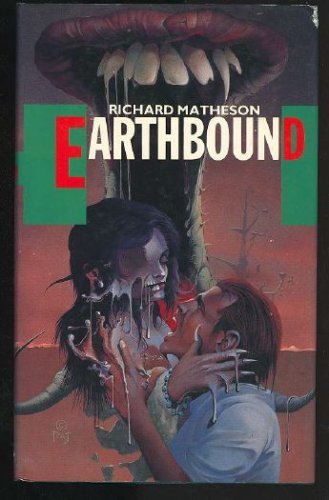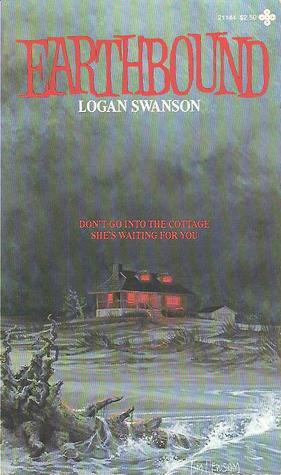By Scott A. Cupp
This is the 147th my series of Forgotten, Obscure or Neglected Films
As mentioned in the previous column, it is time to come to The Thing From Another World. I don’t know if this is “forgotten.” Certainly when I was in college or earlier, it was quite well known. But tastes have changed over the years and the two re-makes (both called The Thing) are much better known, and this one has fallen by the wayside.
But I have a backstory with this film. While in college around 1973, I worked a variety of jobs. At one of them I worked with a very nice college student named Marcia. We went out a few times but nothing really clicked. She knew I liked science fiction, and one day she told me about the science fiction club at the University of Texas. They were making a trip to Enchanted Rock on the upcoming Sunday. Since I worked retail, she suggested I might go. The flyer she saw said everyone was welcome.
That Sunday, I showed up and met some of the best friends I ever had. Among them were Bill Wallace, Dianne Kraft, Bud Simons, Bruce Sterling and more (my memories have faded quite a bit since then). We all made the trip and had a great time and some great food at the Salt Lick afterwards.
I was invited to some more events they had and became a member. Not too much later, we all decided to attend AggieCon 4. The guests were Jack Williamson, Chad Oliver and fan guest Bob Vardeman. This weekend changed my life! Seriously! It was my first SF convention (or first convention of any sort, other than high school Math and German conferences, which had only day meetings and I attended as part of school functions). Again, I met many more interesting people and had the time of my life!
Among the things that happened there were my first trip to a dealer’s room and first collectible SF purchases, which included an old Famous Fantastic Mysteries pulp, an Arthur C. Clarke galley and a paperback. I saw my first Arkham House books (though Bill Wallace would later show me his collection, which was virtually complete at that point and was later completed). And I found the film room.
I saw Barbarella on a big screen. Not the big screen at Texas A&M in Rudder Tower (that was not complete then, but I still saw the movie a big screen). There was a war film called The Best of Enemies, if I recall correctly and I am really not sure about this one. And someone brought in a bootleg 16mm copy of The Thing From Another World.
I had read the John W. Campbell story “Who Goes There” prior to this, and I knew it had been filmed, but I had never seen it. It was late at night, so no questions about the origin of the print would be asked. But I sat there with other fans and new friends and watched a glorious film.
The story is pretty basic. A team of scientists led by Doctor Carrington (Robert Cornthwaite) see something crash land near their station and request that the military send some troops to check it out. Captain Patrick Hendry (Kenneth Tobey) arrives with a few men and a bored newspaper reporter, Ned Scott (Douglas Spencer). Carrington shows the group photographs that prove something odd has happened and, using science, they triangulate where the crash took place.
On the snow they see strange markings and an area of fused ice which is different from their surroundings. Through the ice, they see a craft, and using the men, determine that it is large and circular. They have found a flying saucer. The men try to use thermite charges to deice the object but that backfires and the saucer is destroyed. A Geiger counter reveals a radioactive presence, and a large figure (presumably the pilot of the craft) is found encased within a block of ice.
Not sure what else to do, they return to the scientific base. Weather prevents them from returning to Anchorage, where they have more facilities. Carrington wants to see what is in the ice, but Hendry is opposed to fooling with something they do not understand. Tension arises at the base and the men form sides. Dr. Carrington’s assistant/secretary/recorder Nikki (Margaret Sheridan) knew Hendry previously and is interested in seeing him some more.
And this wouldn’t be a good film if accidents did not happen. The block of ice thaws and the “thing” (James Arness – Marshall Matt Dillon, his ownself) escapes. As alien attacks the group, they are able to escape and it is sent outside into the way sub-zero storm where it encounters sled dogs. They later find that the dogs have removed an arm from the beast. Carrington and the scientists examine it and find that the creature is not even an animal. It is a vegetable (an intelligent carrot).
While others try to find the creature and protect the group, Dr. Carrington begins some experimentation and finds out the thing thrives and regenerates with human plasma. There follows a long discussion on what the duties of a scientist are in such a threatening situation like this as opposed to the military point of view. Then the creature begins sabotaging the heating system and everyone sees that they must work together to survive.
I’ll let you watch it (if you have not done so before) to see how they escape. I really enjoyed this film. I like it more than the two color John Carpenter films which are both very good horror films. This one is an atmospheric, moody piece with slow building suspense as opposed to the action effects-reliant later films. All are good. But this is my favorite.
The film is available from the usual outlets online and is not very expensive. If you have not seen it (or it’s been a while) you might check it out again. If your only exposure via John Carpenter, give this one a try.
But, as always, your tastes and my tastes are probably different, and your mileage may vary.
Oh, yeah, “Watch the skies!”
Series organizer Todd Mason hosts more Tuesday Forgotten Film reviews at his own blog and posts a complete list of participating blogs.




